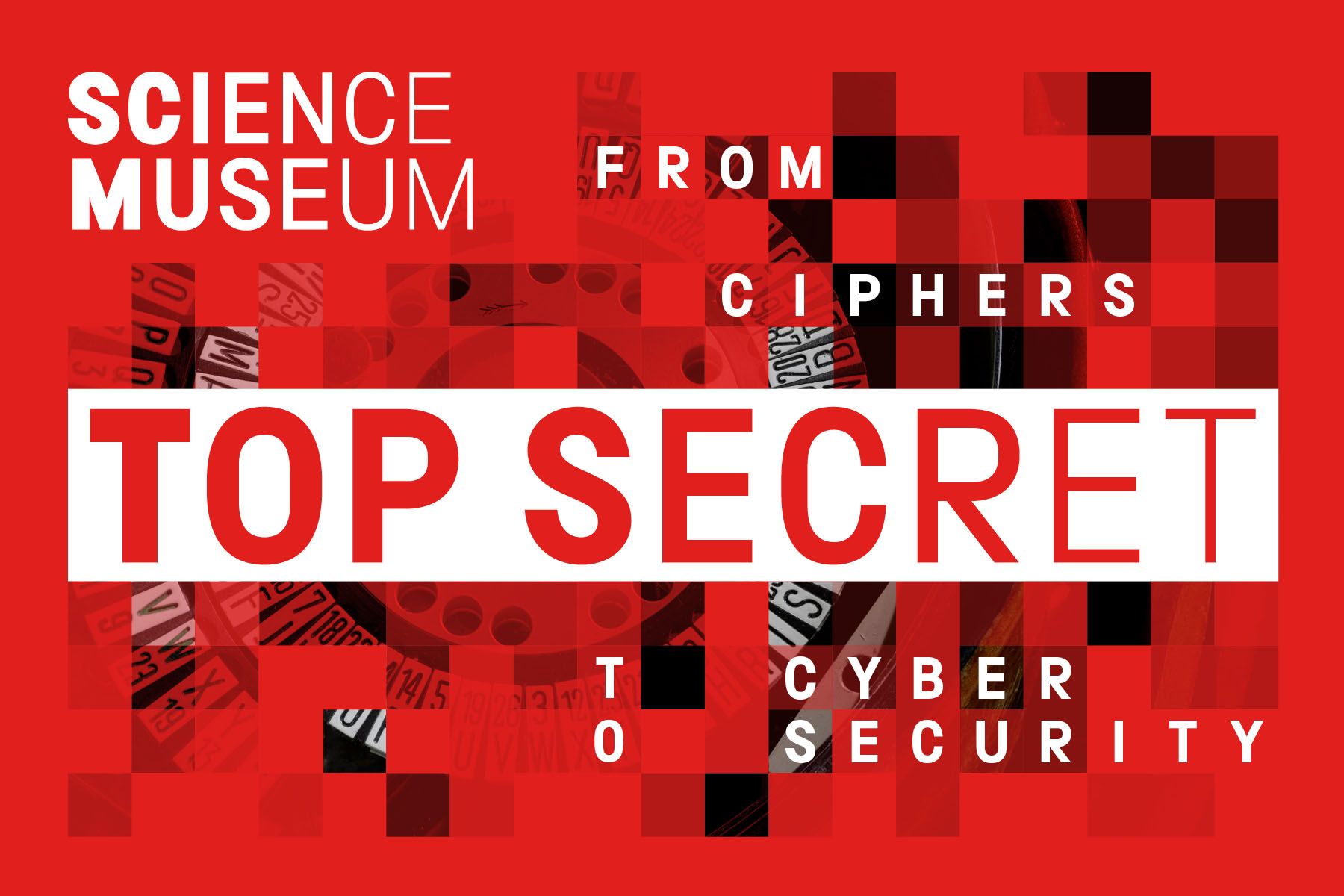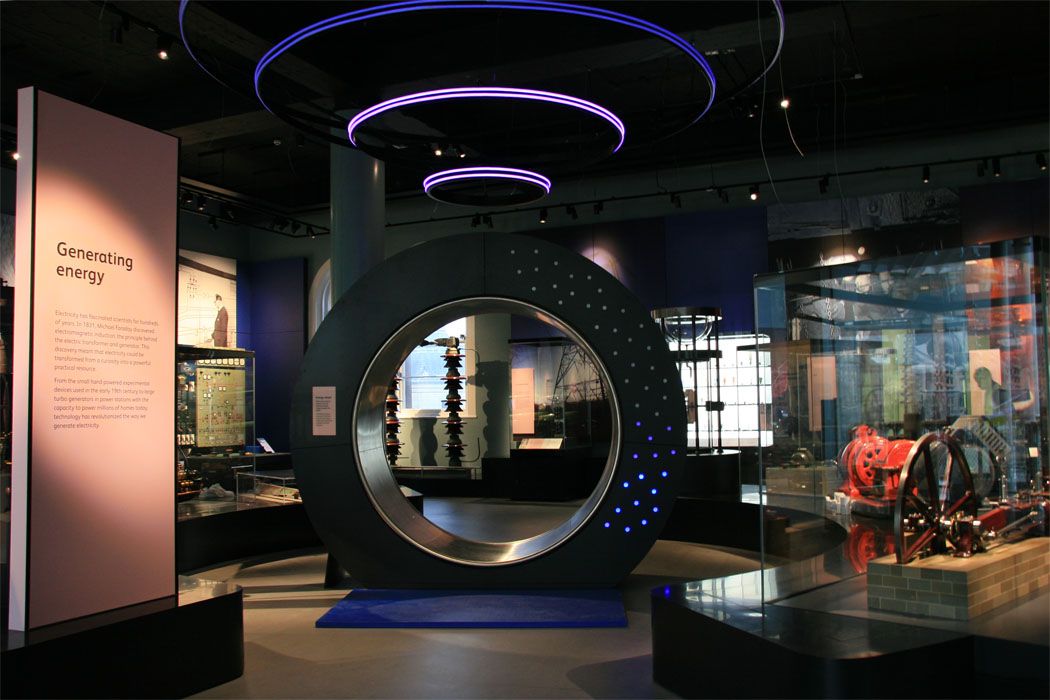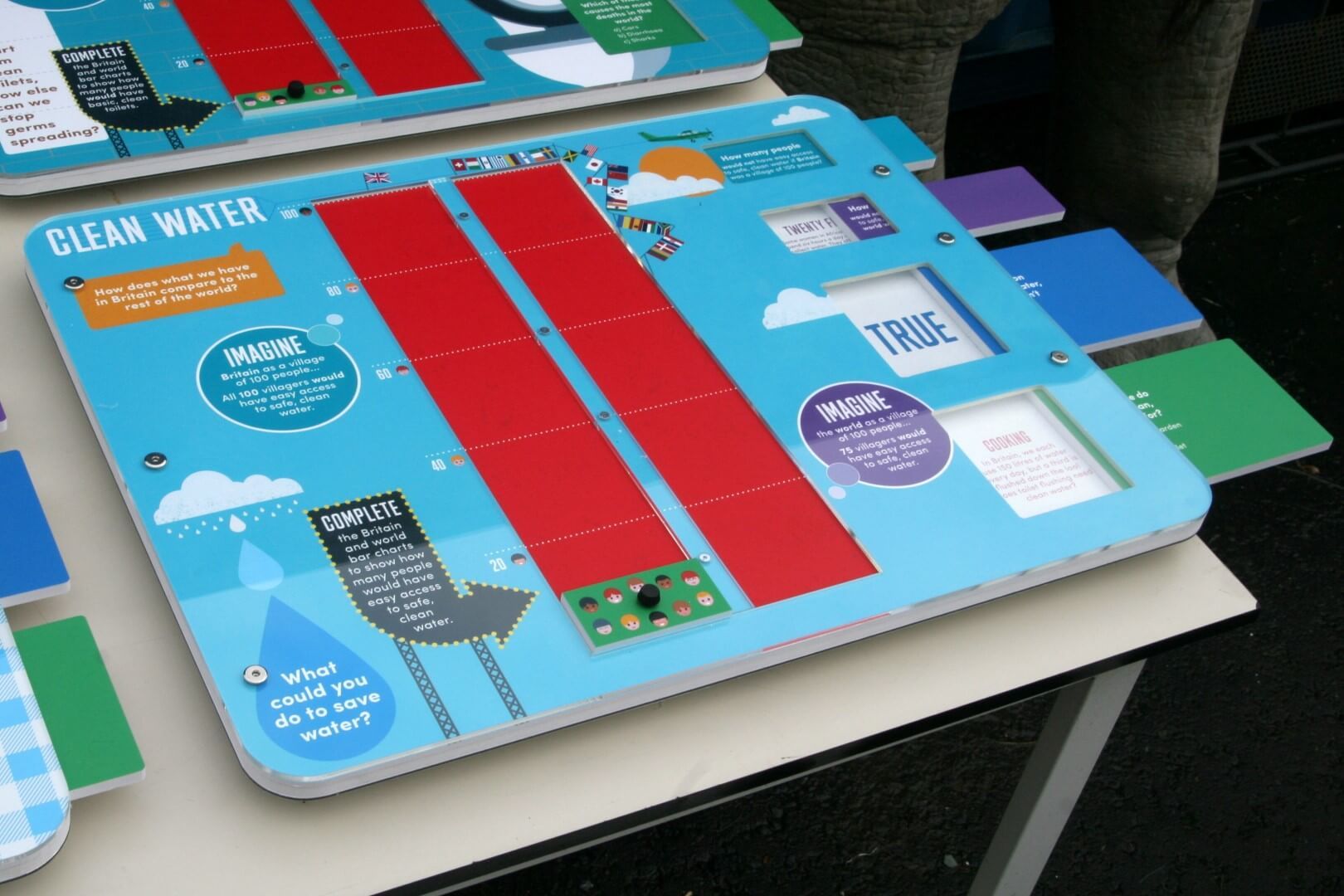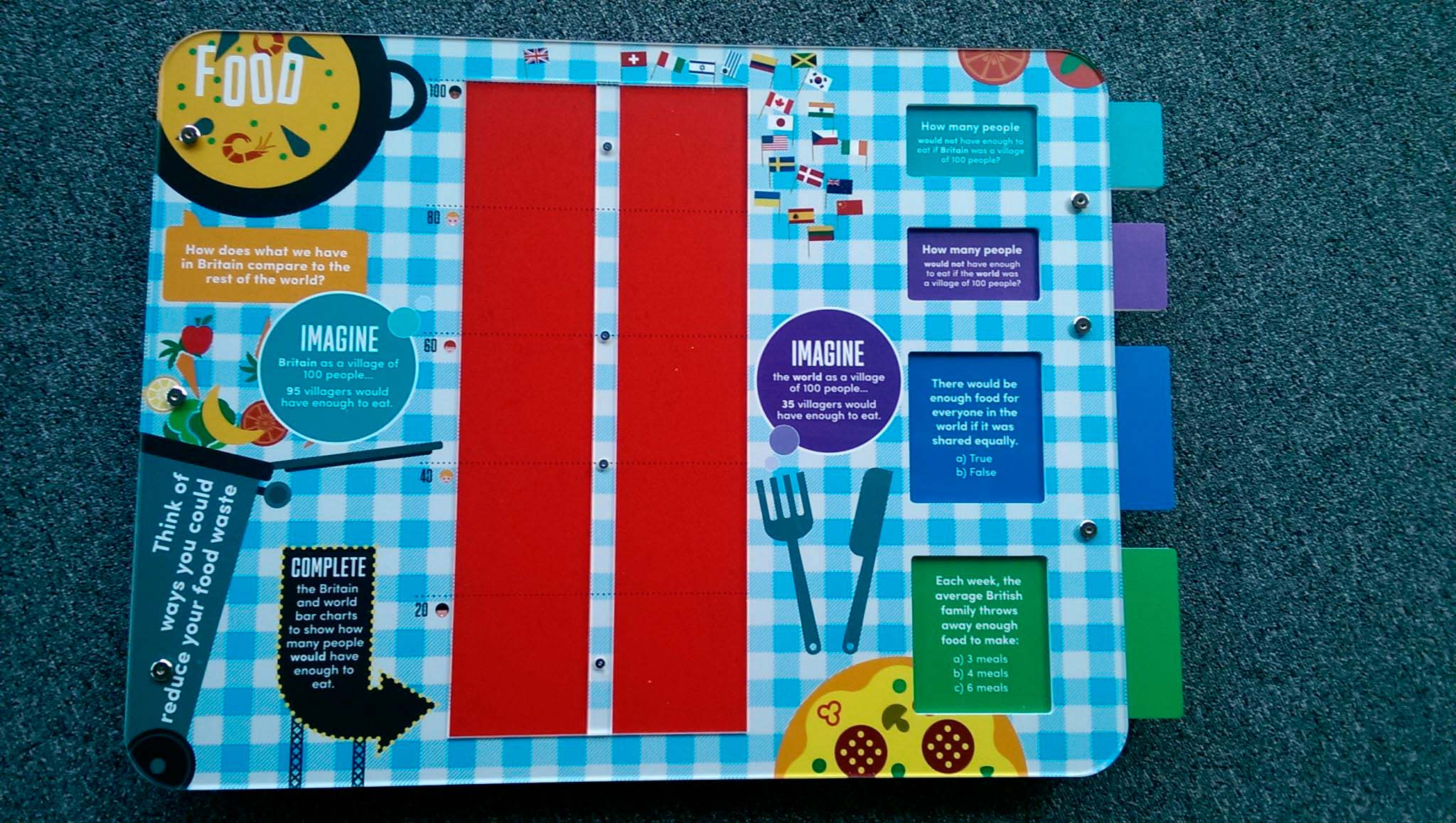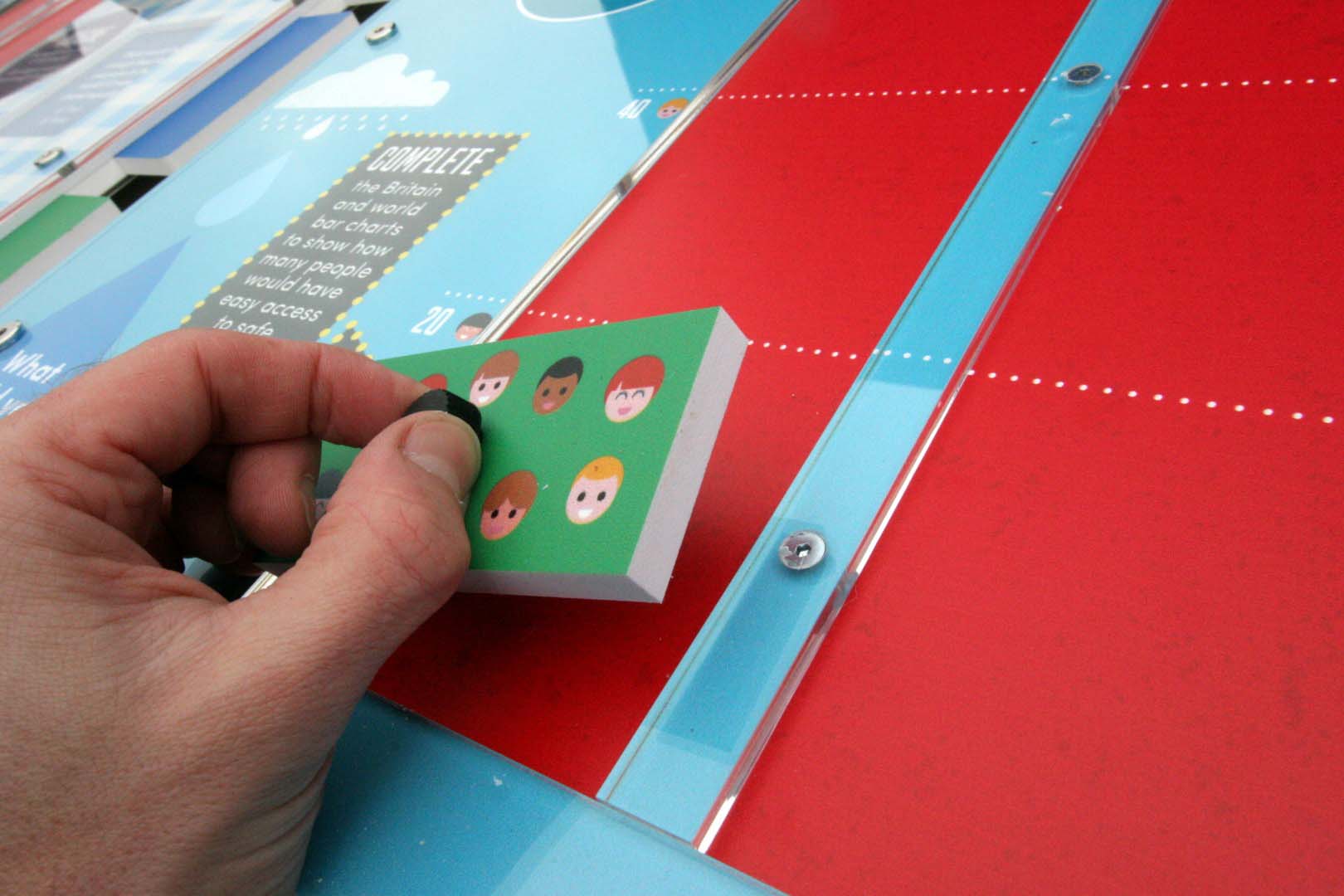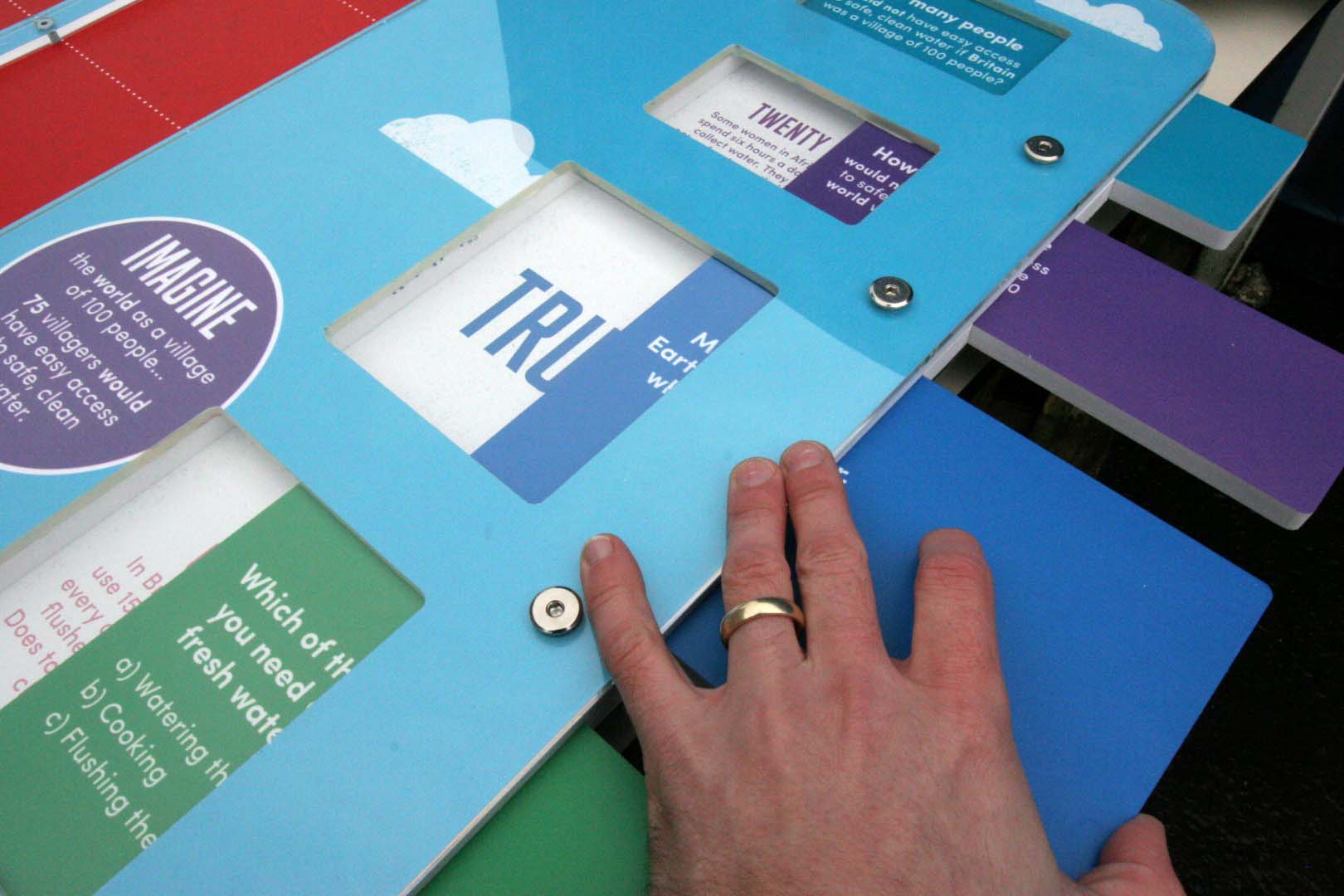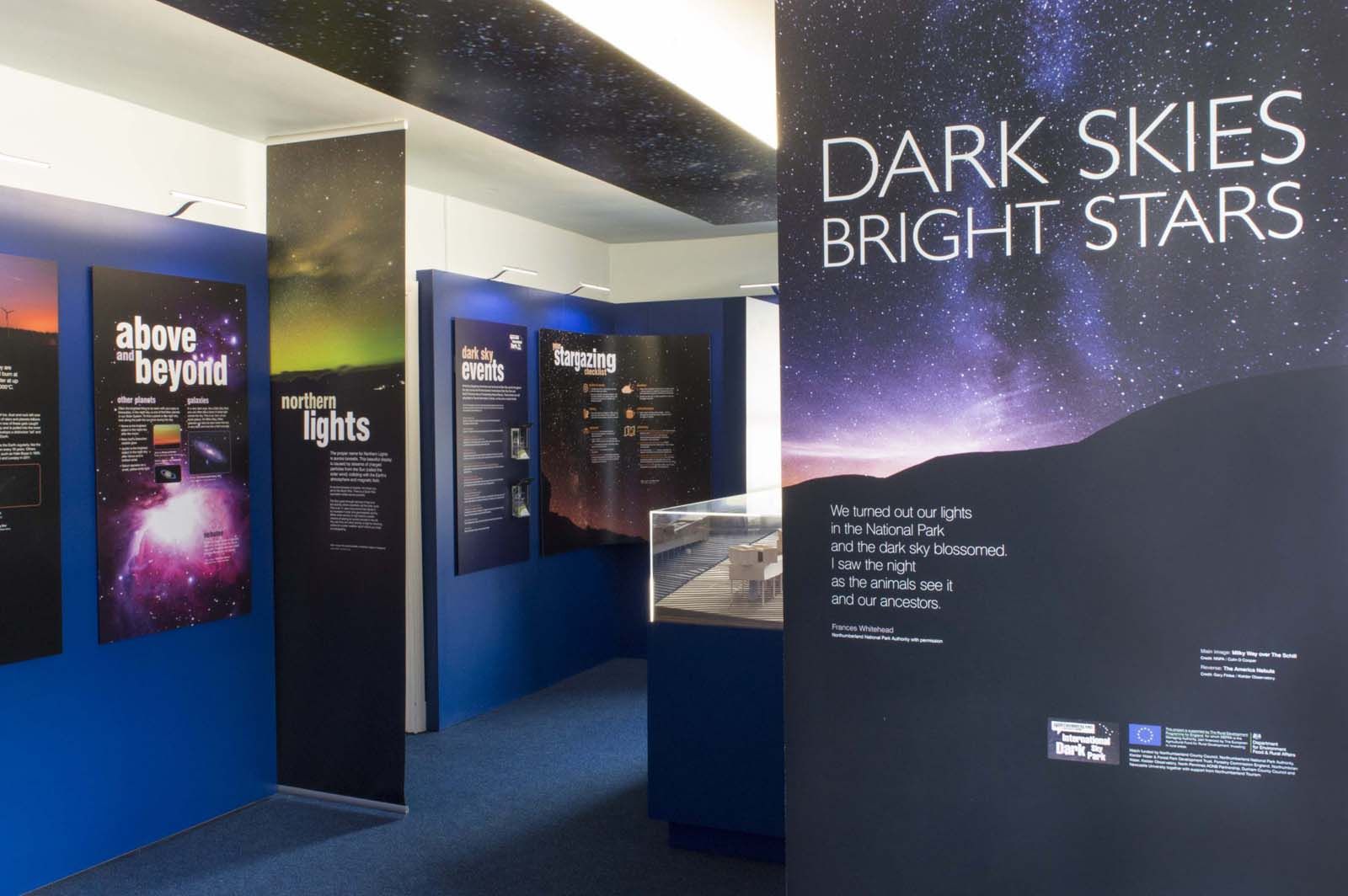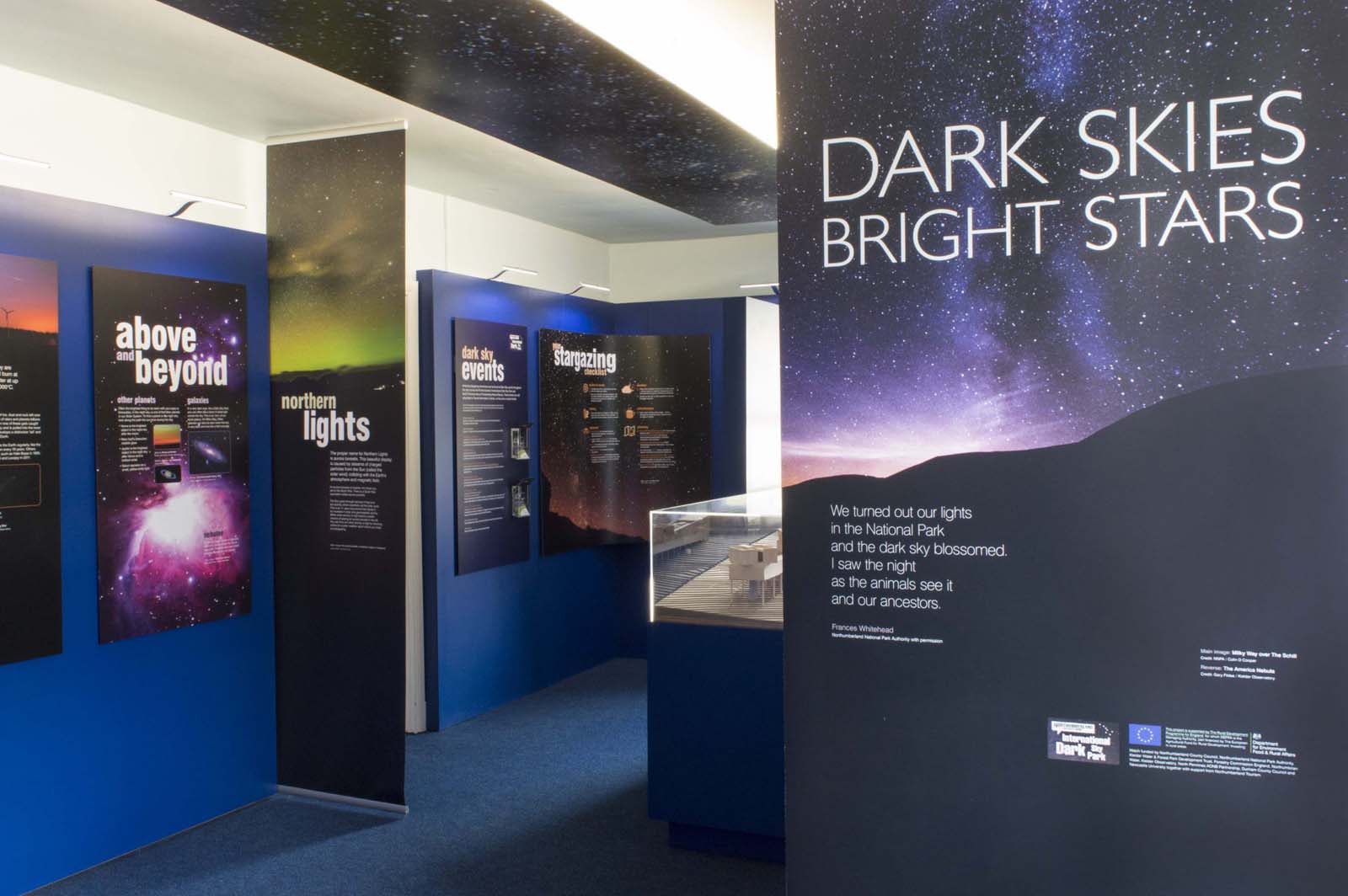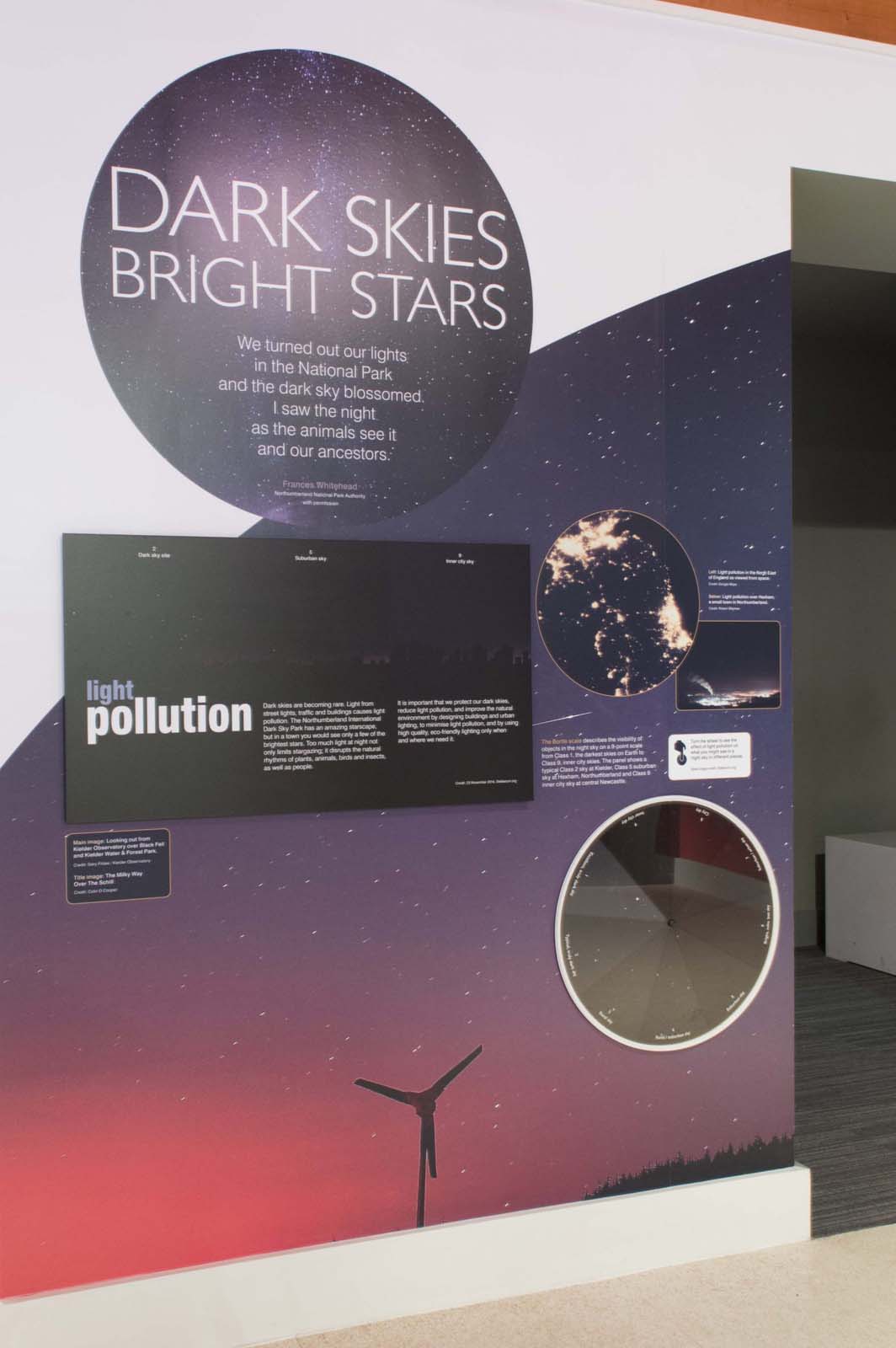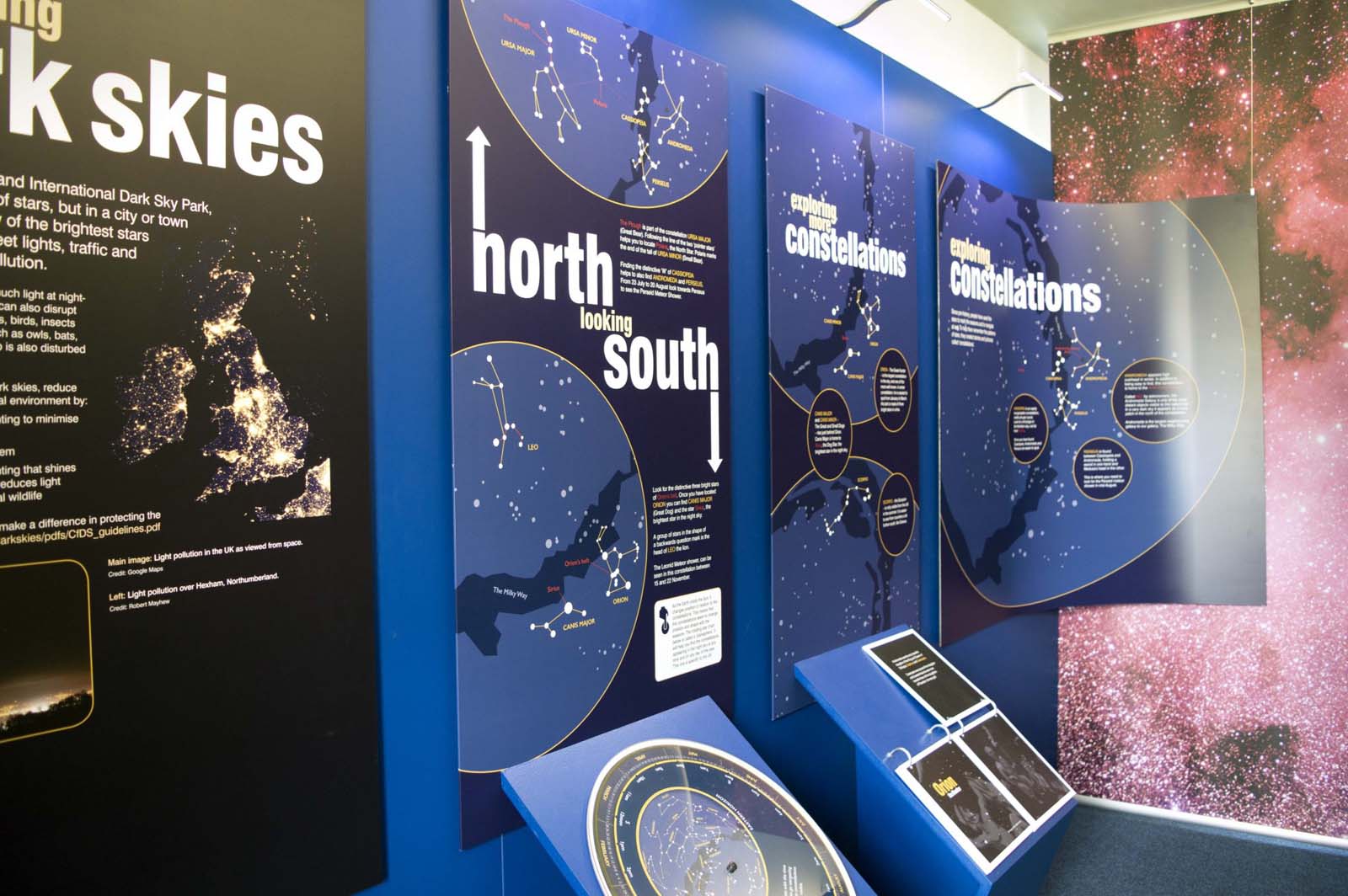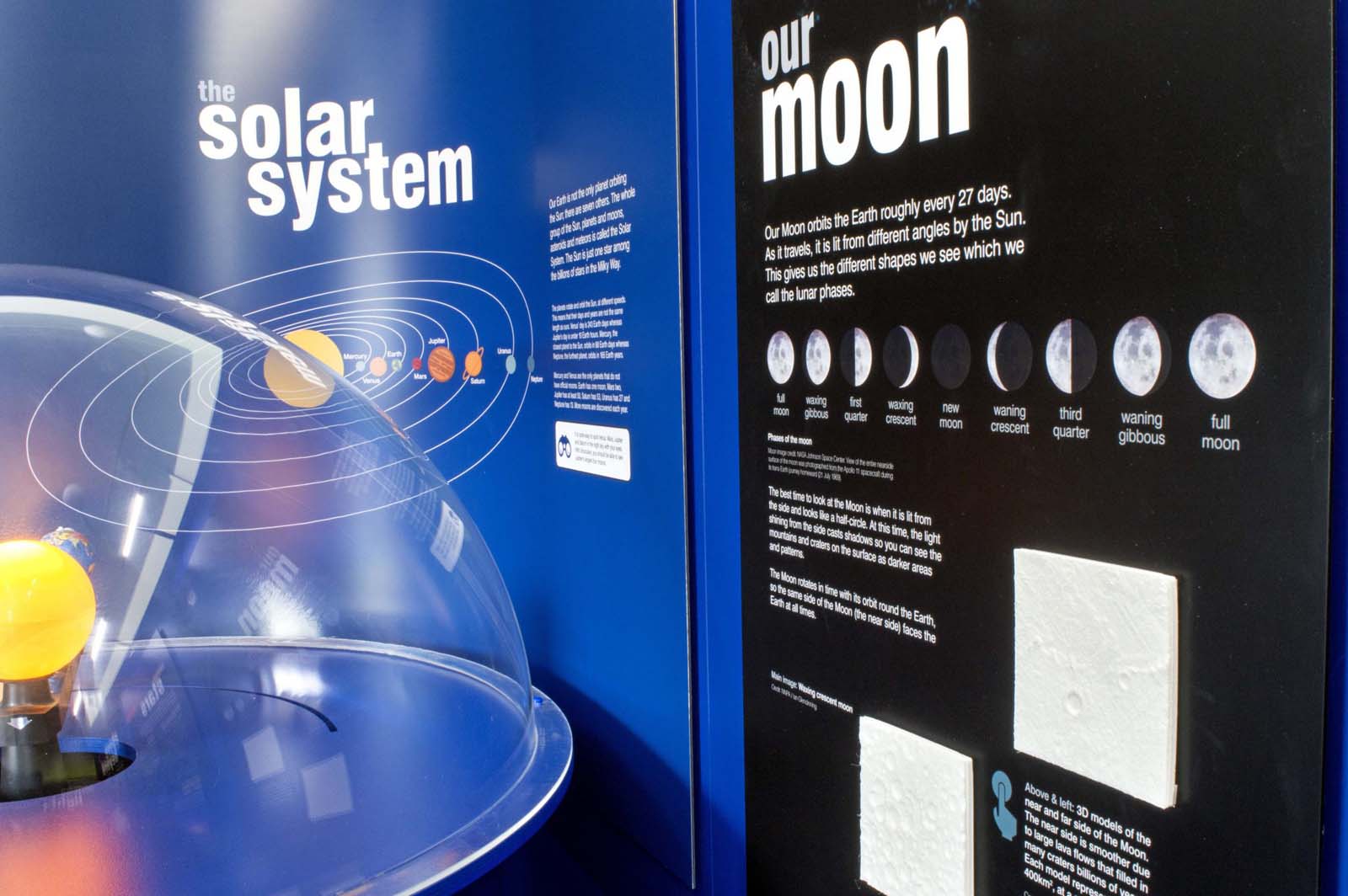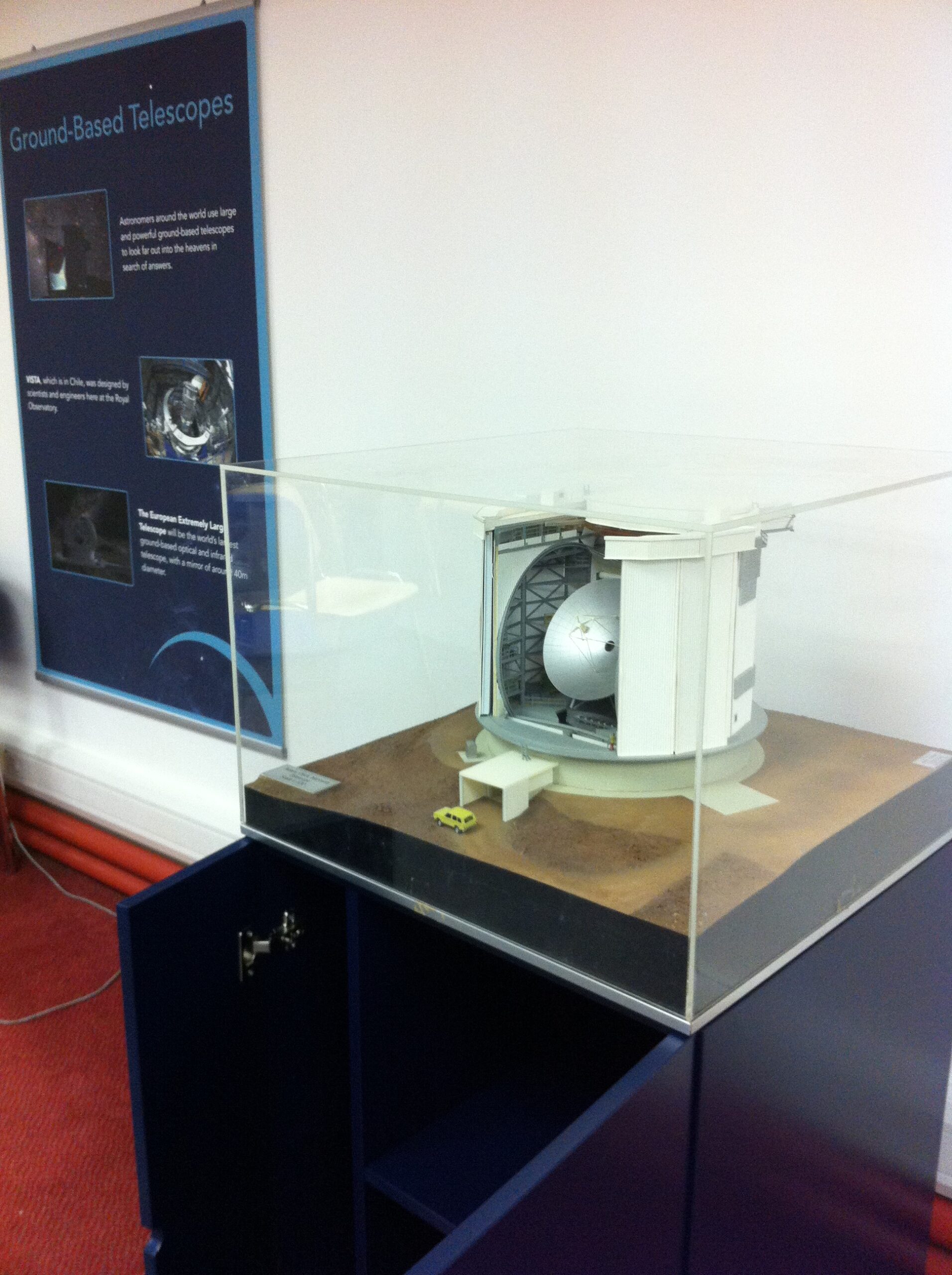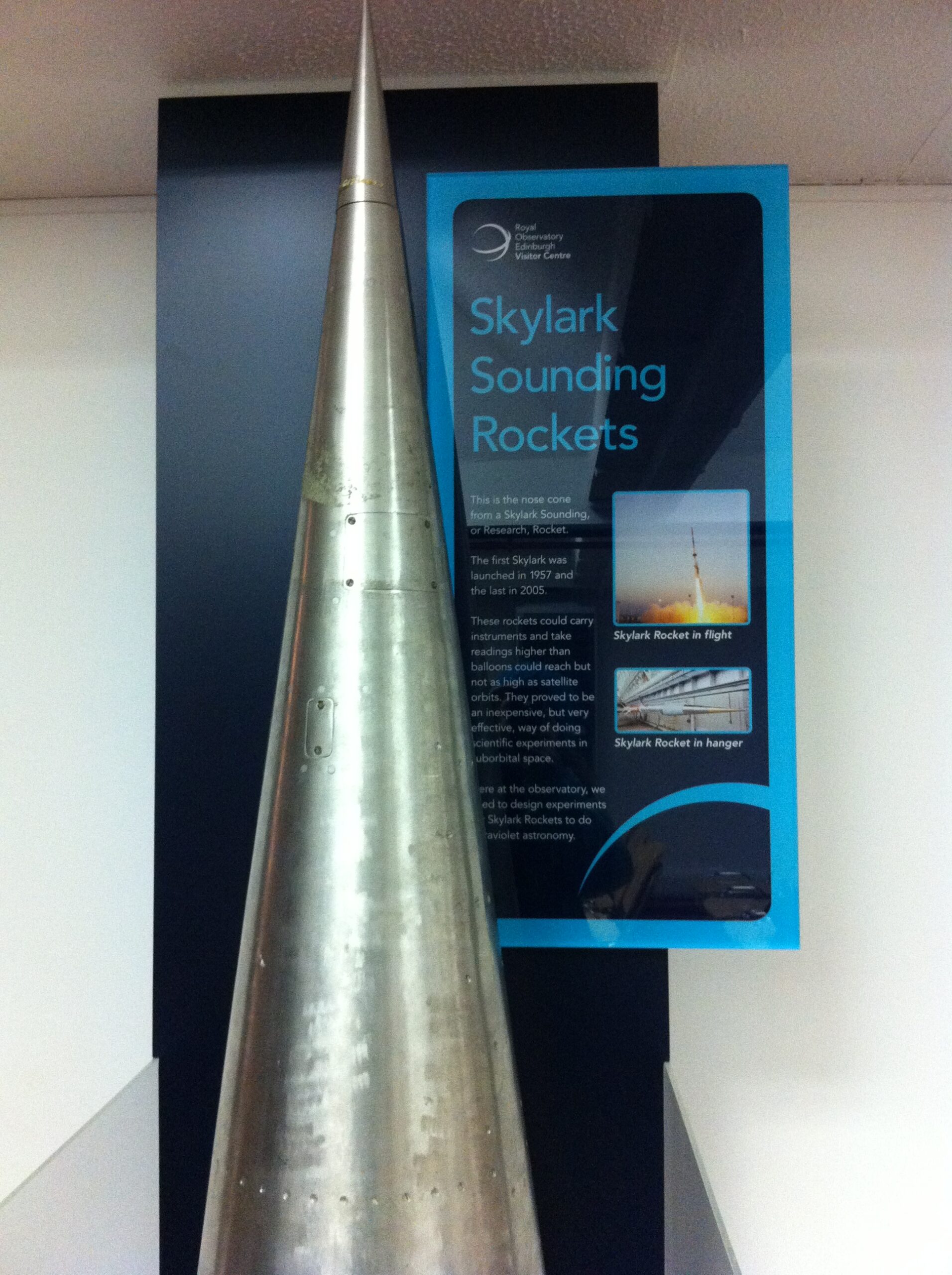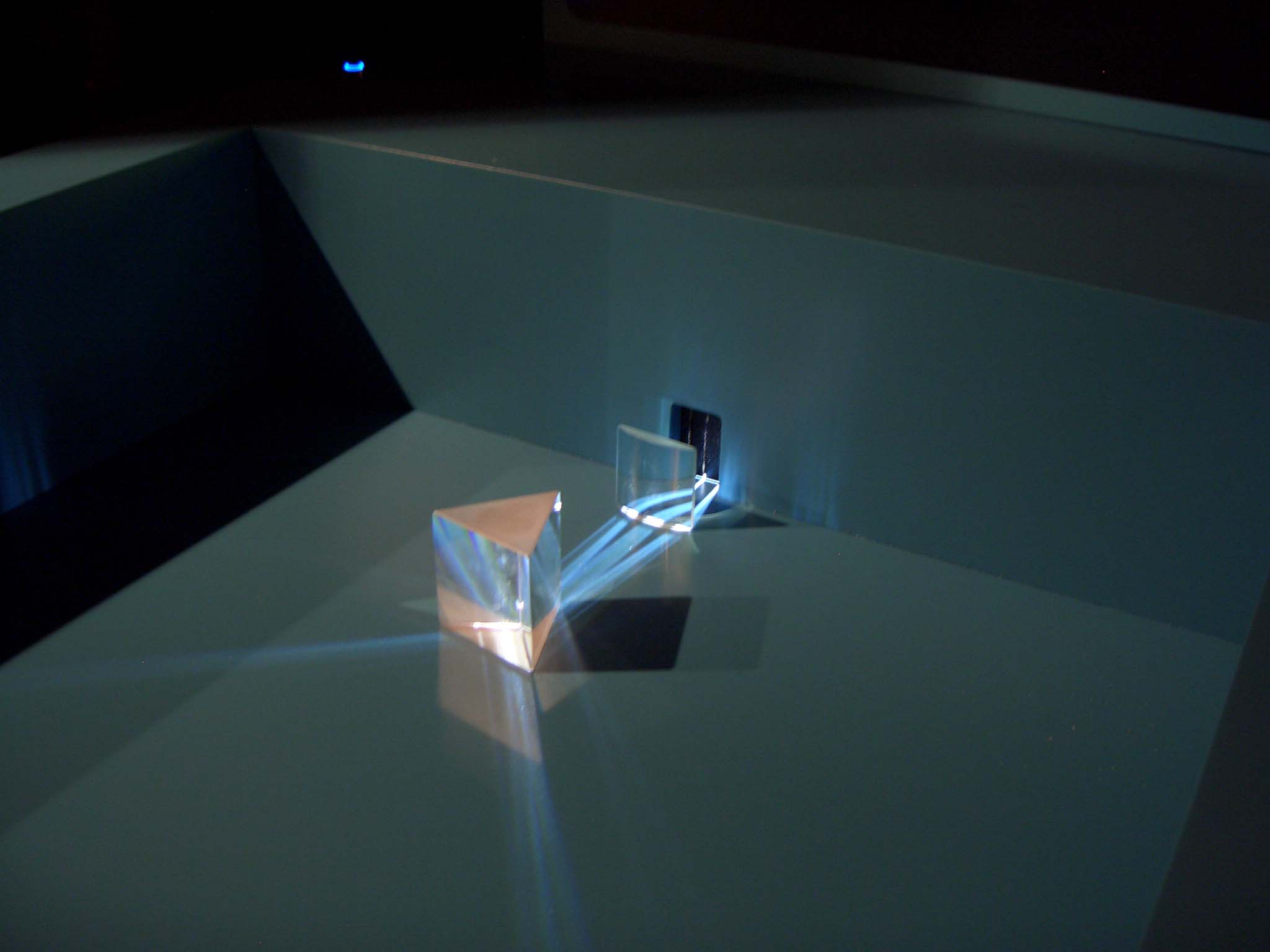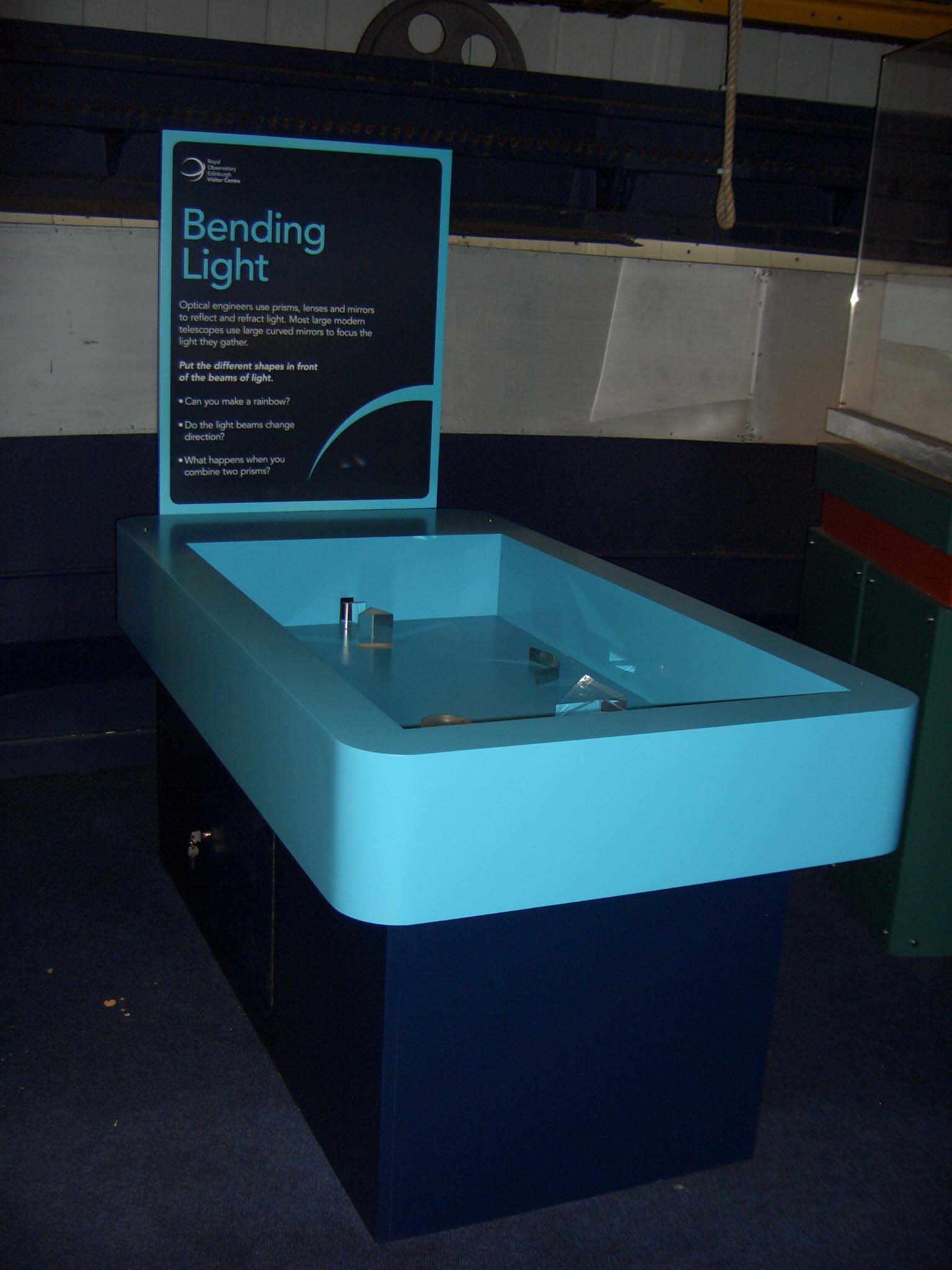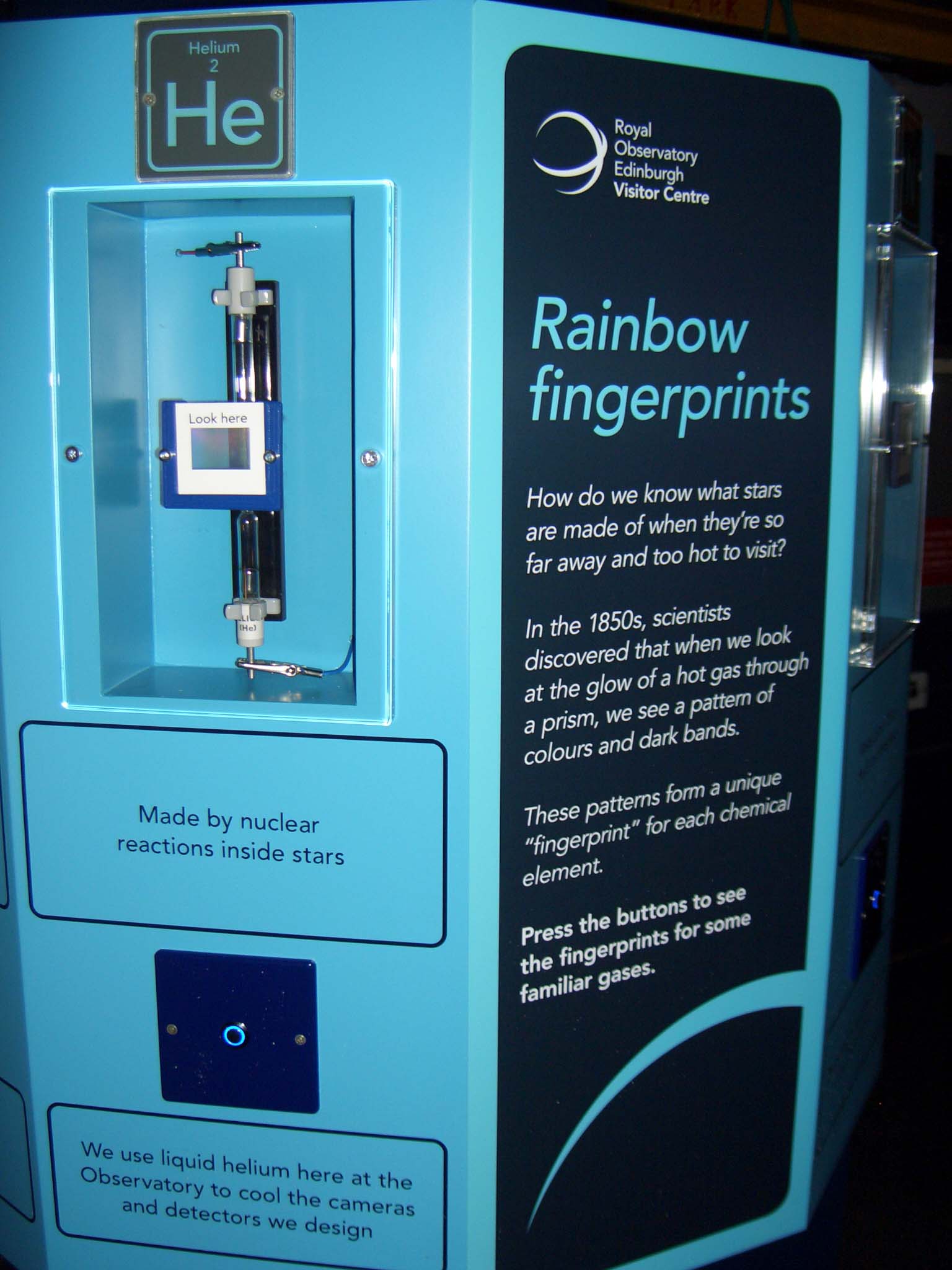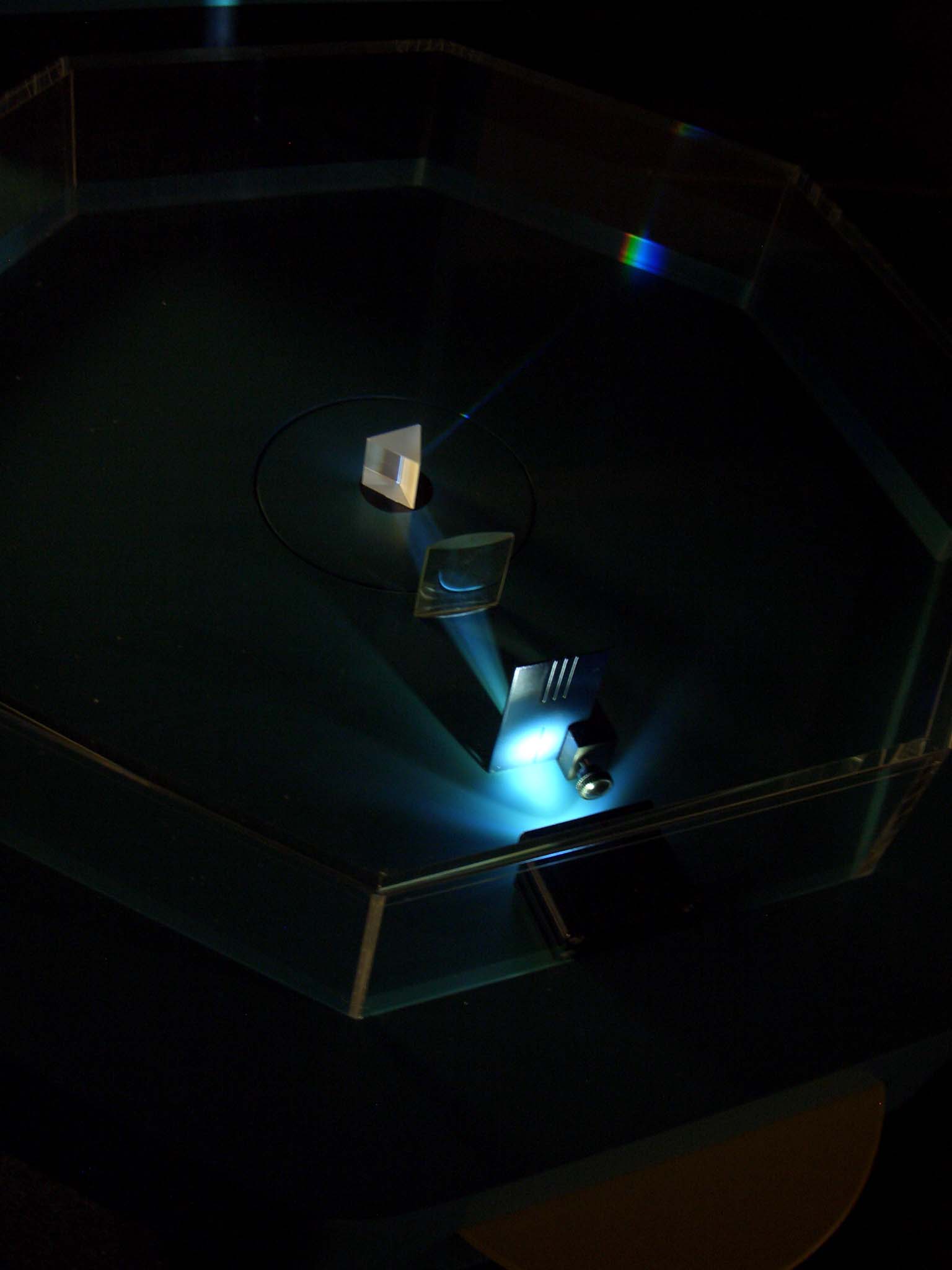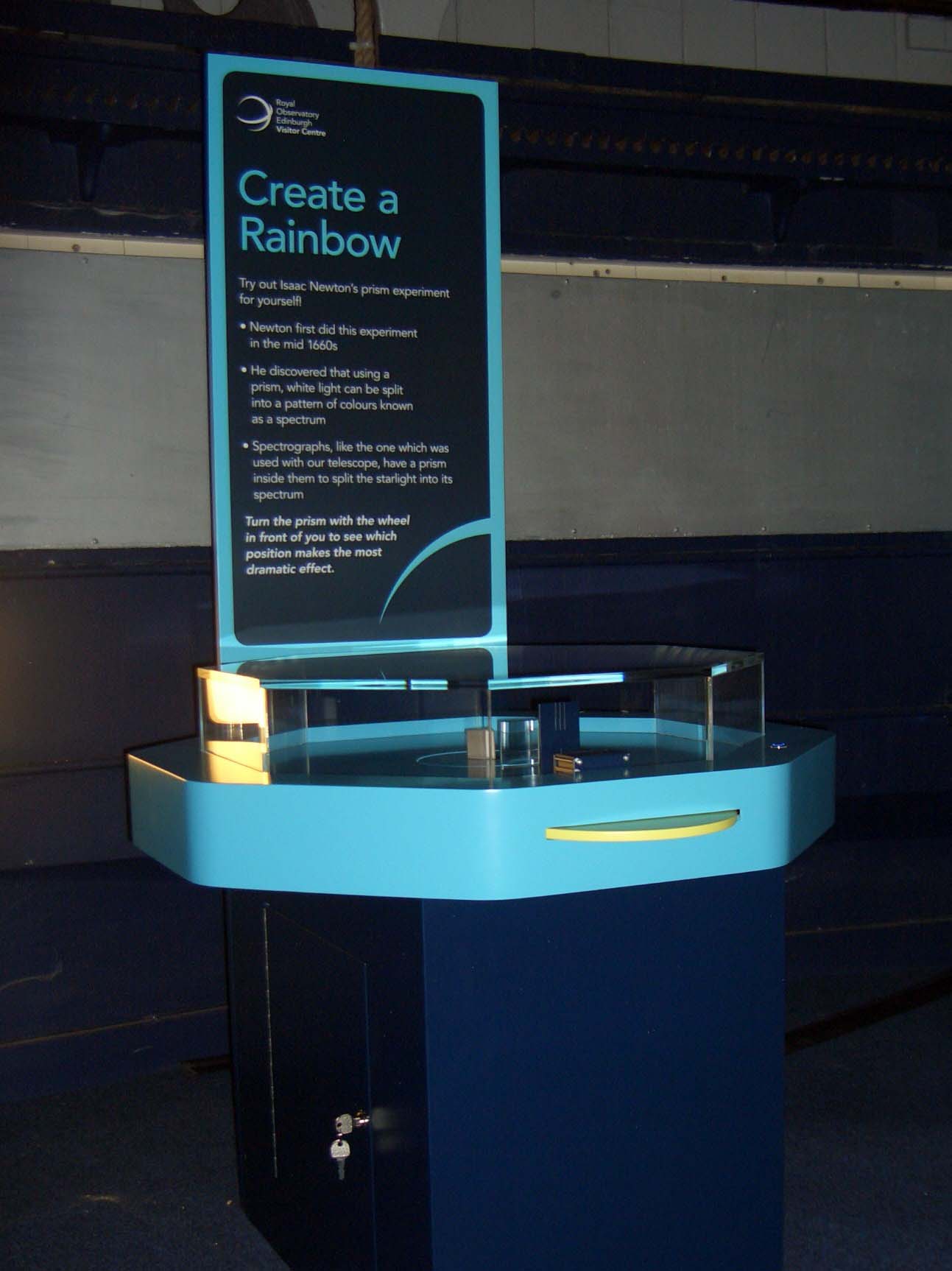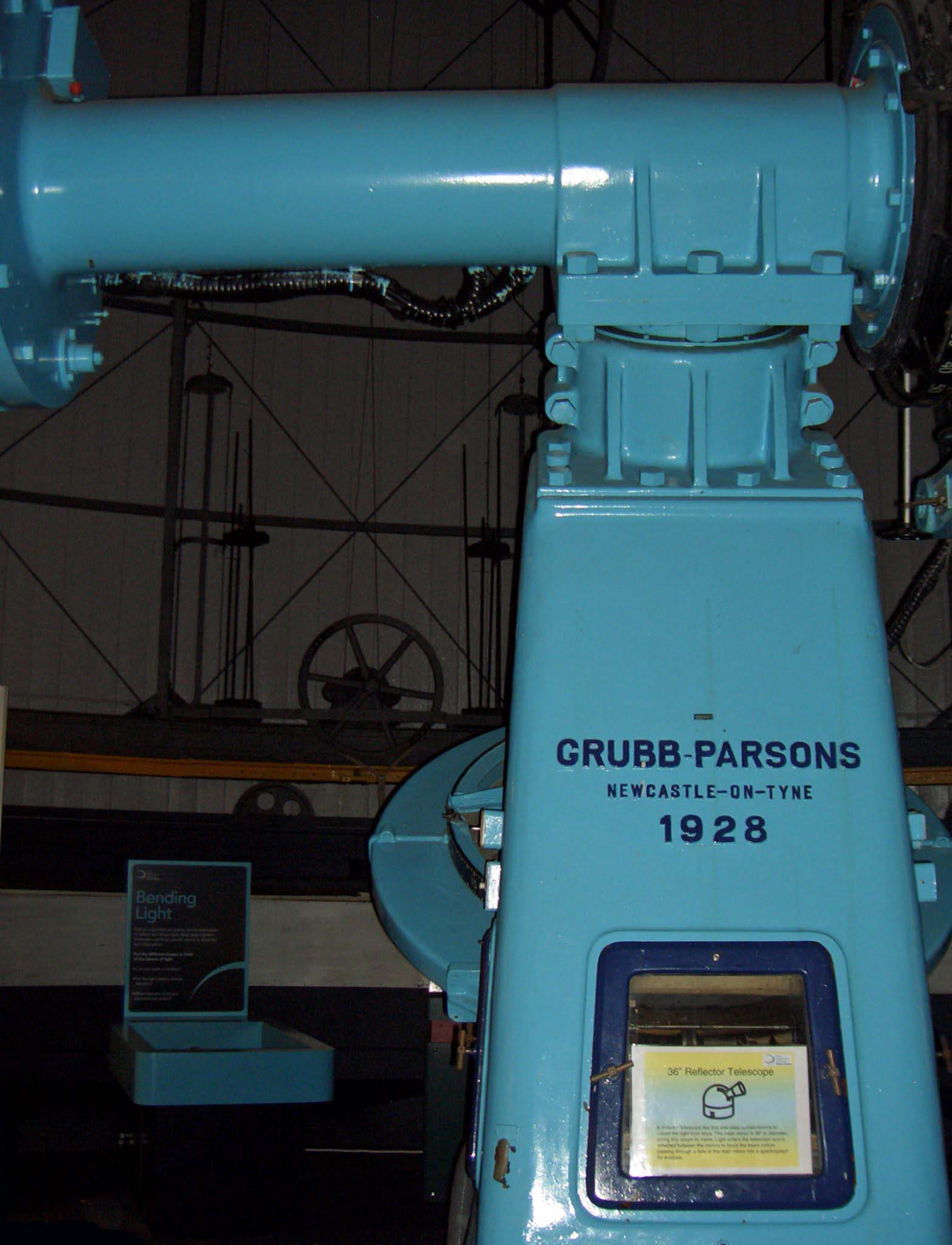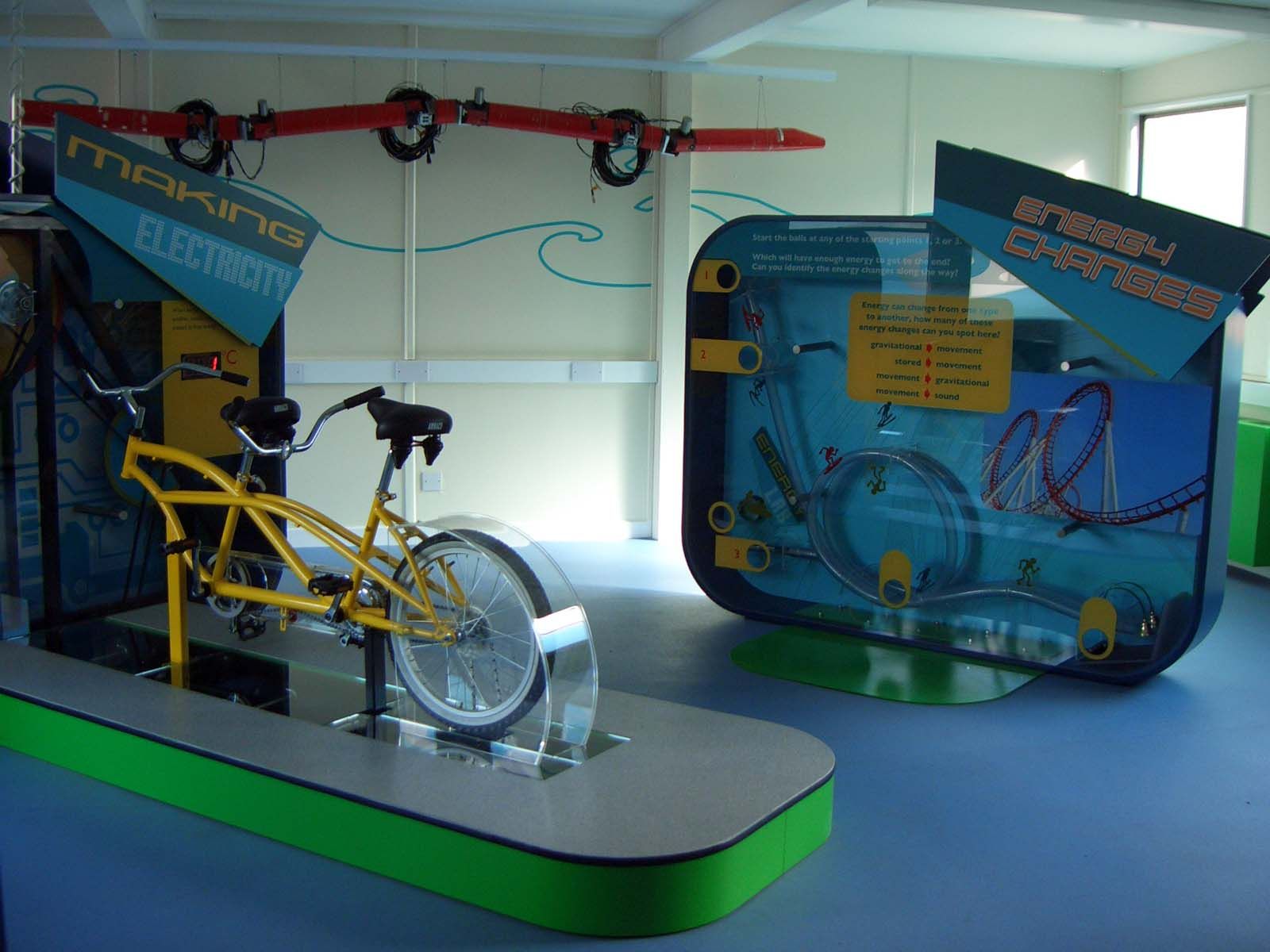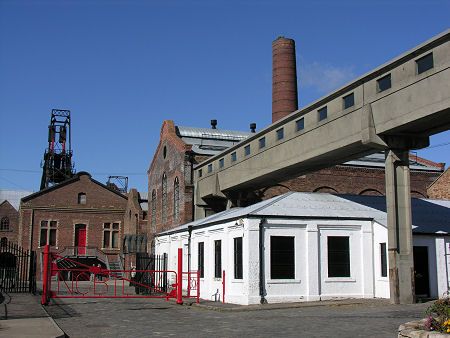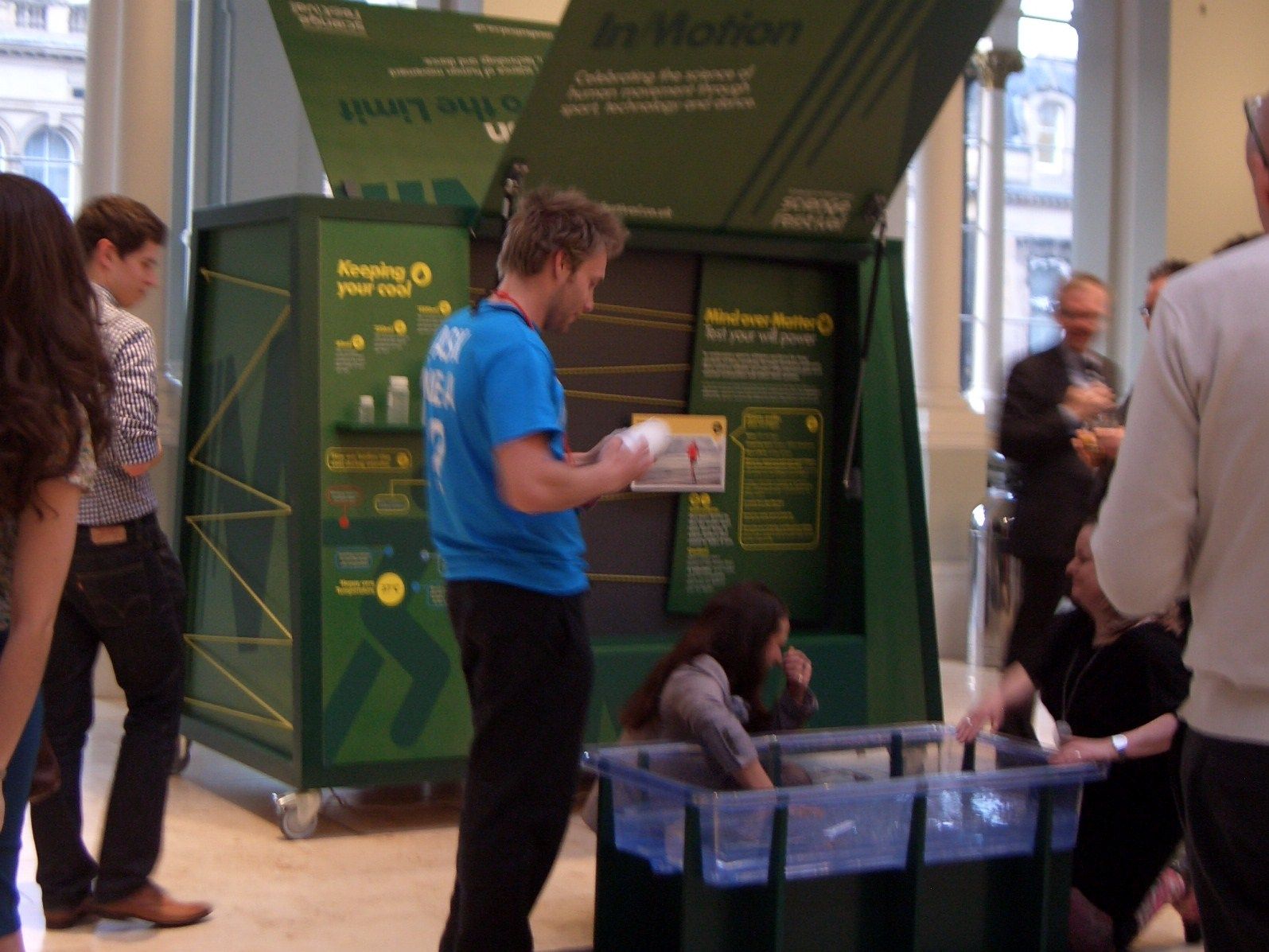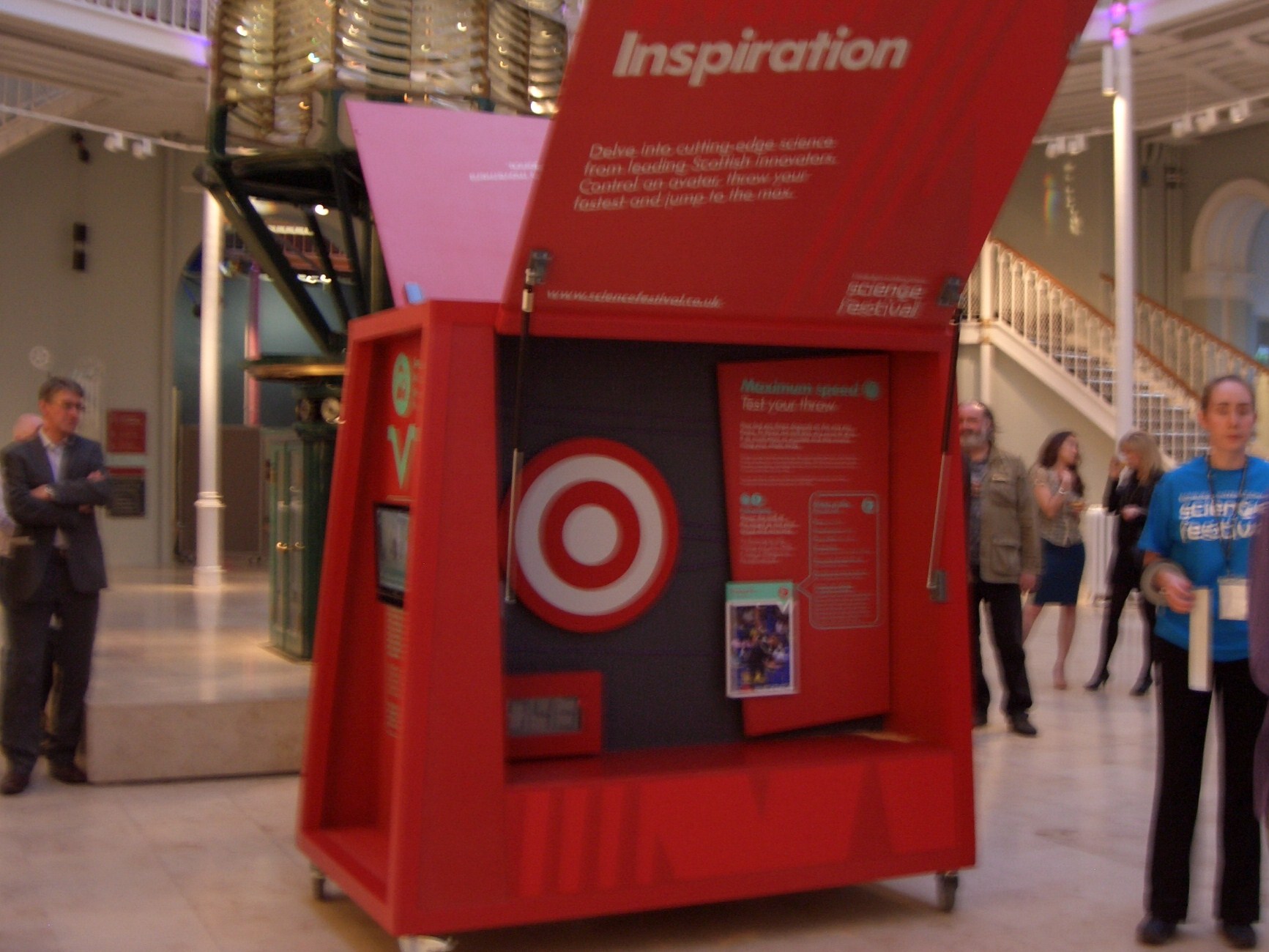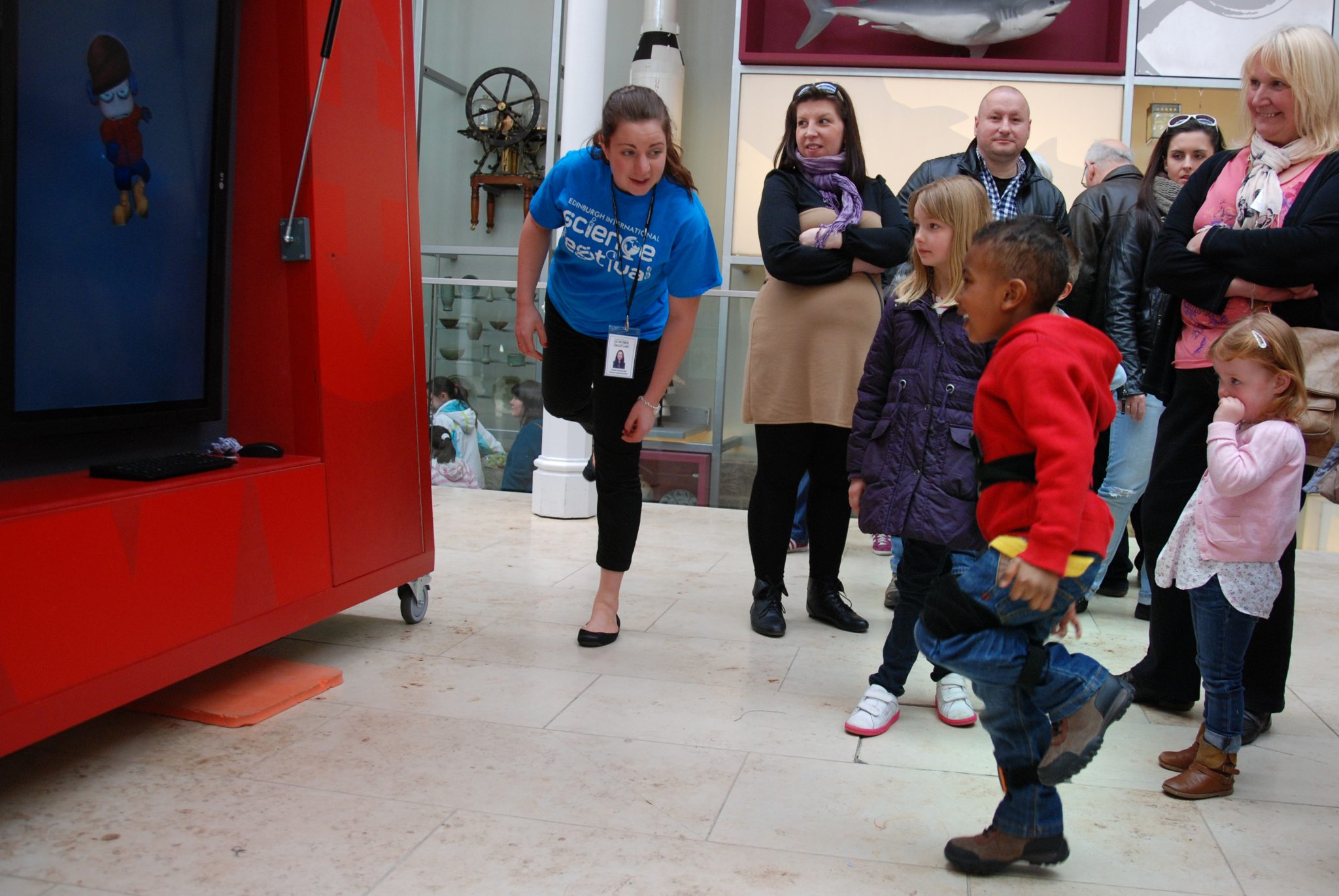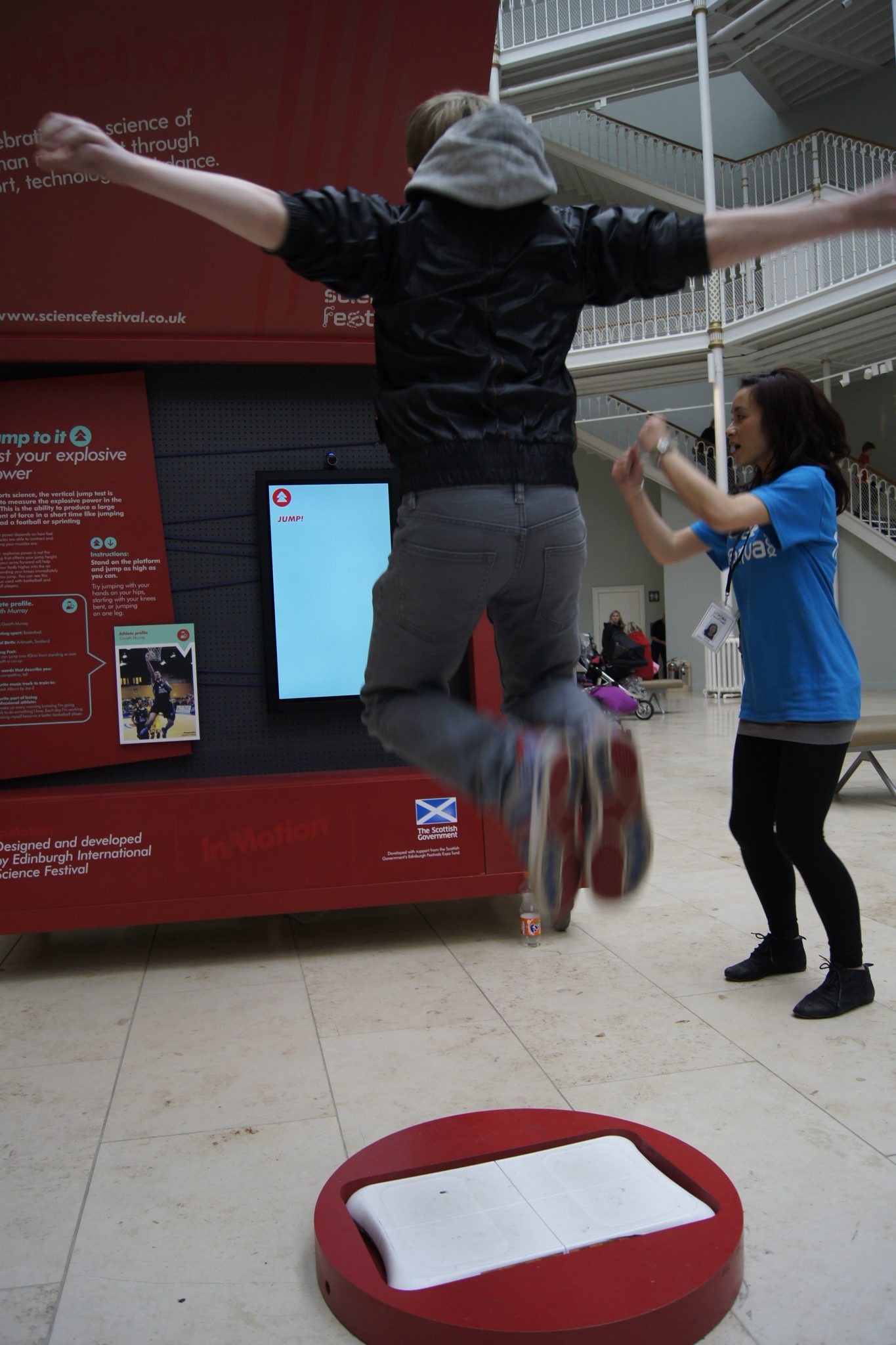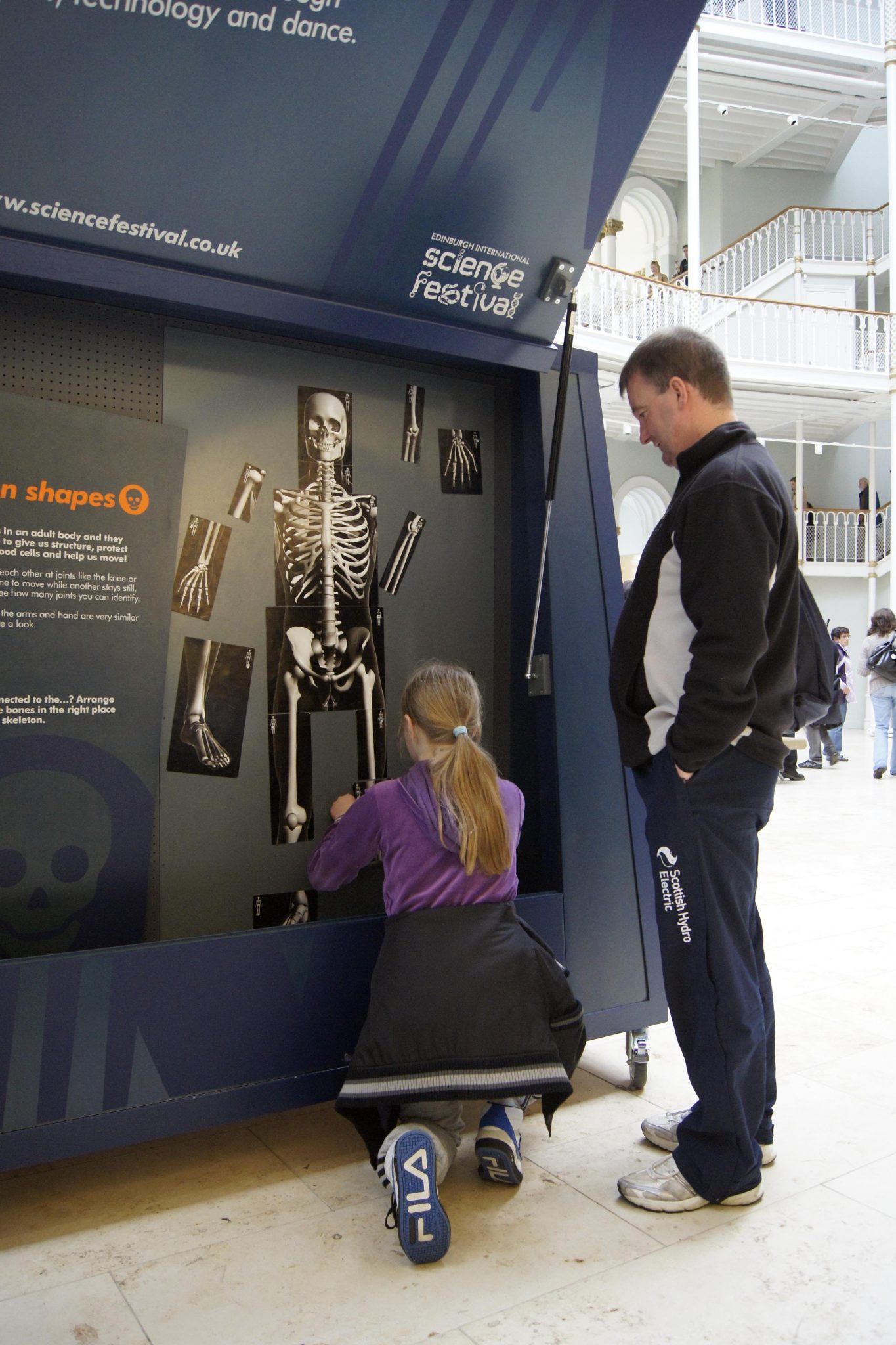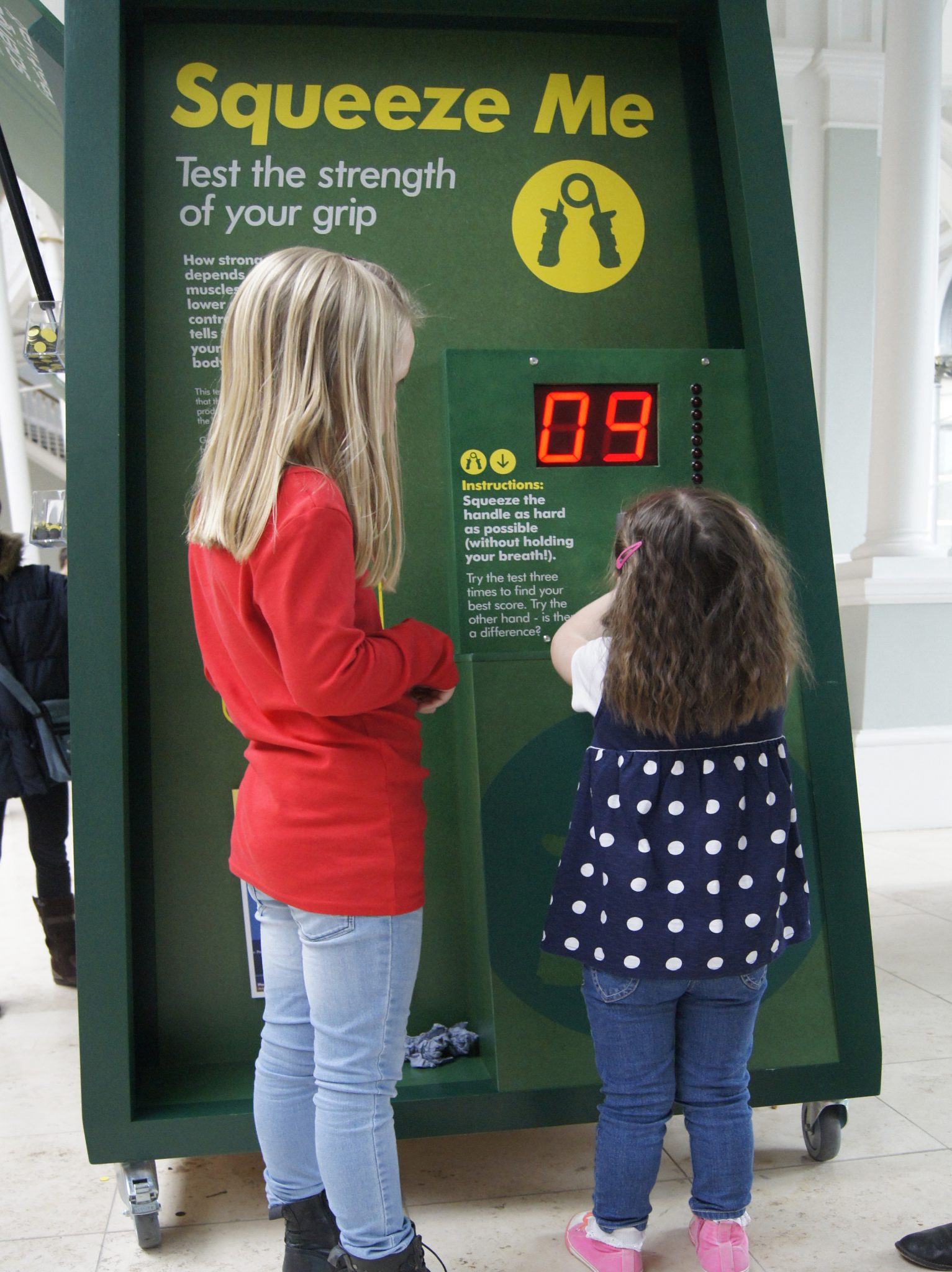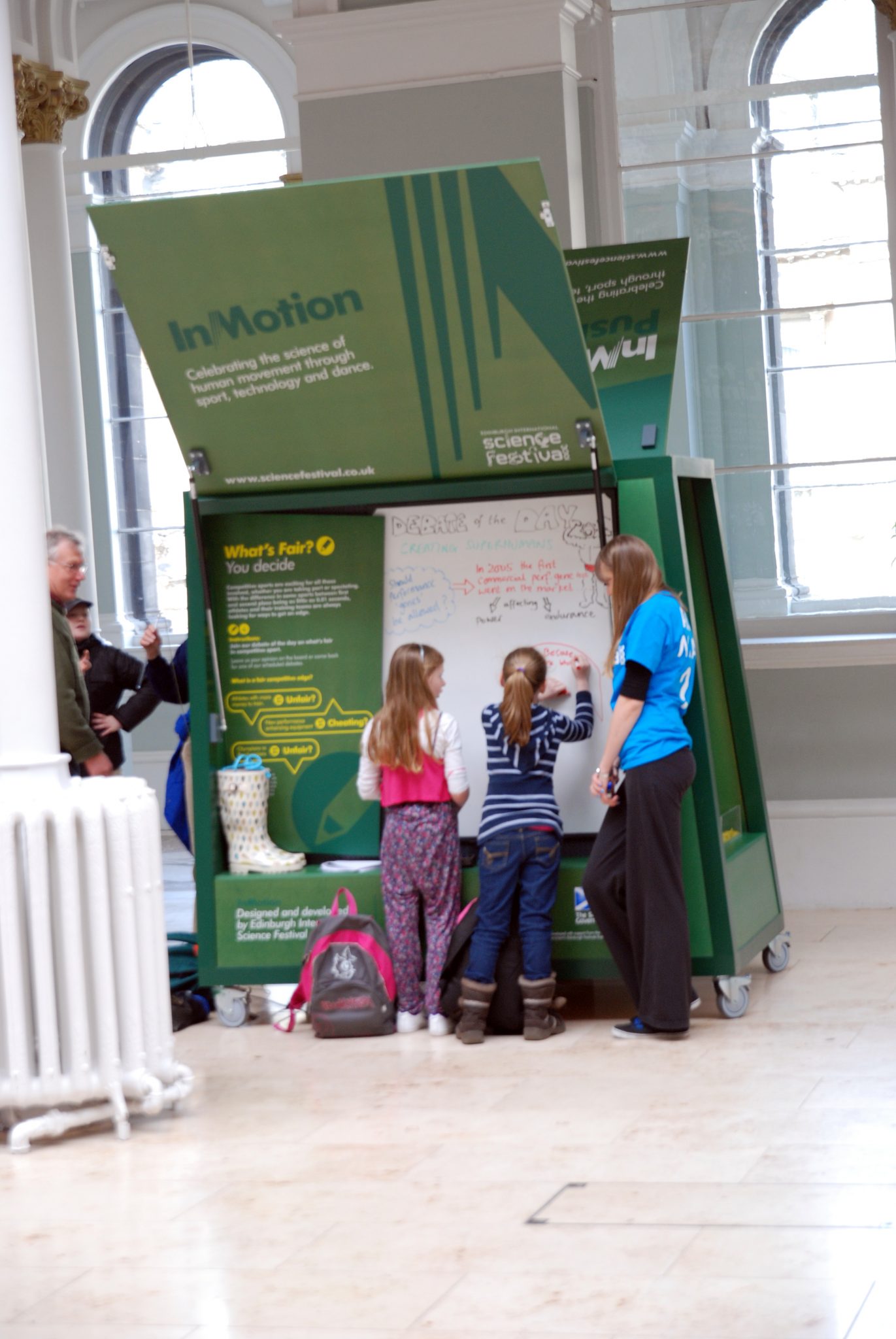Top Secret
This month (September 2019) I finally had the opportunity to travel to London to see an exhibition I had been working on from January which opened in early July when I was on holiday. This is one of the odd things about working on a freelance basis; sometimes you work remotely but quite intensively on a project then don’t see the opening day or see visitors enjoying it until months later.
In early 2019, I was asked to join the project team at the Science Museum Group working on an exhibition called ‘Top Secret’. The exhibition is about the work of British Intelligence organisation GCHQ and I was asked to help out with the more family-friendly elements of the exhibition. The subject matter which ranges from Bletchley Park code-breaking to Soviet spy rings and modern cyber hacking is fascinating to adults of all ages, but we were aware we would need a layer of more child-friendly interpretation to appeal to the whole family. The three main elements of the family interpretation were a children’s trail with in-gallery labels, a ‘puzzle zone’ where interactive puzzles could explore the kind of skills that are required to be an analyst or code breaker and a postcard with clues to find and a secret image to reveal.


One part of my role was to assist the team with the 2D and 3D puzzles and be the main point of contact for the fabricators of the 3D puzzles. I worked with the team on the prototyping to ensure they were pitched at the right level and fun to complete and on writing labels which made them easy to use and focused on the skills involved. One of the biggest challenges was creating puzzles that were fun for all ages but accessible for children of age 8 or even below in some cases.
We developed some simple cipher wheels to allow visitors to code and decode secret messages. Some puzzles test the ability to find hidden words and make words out of random letters. Some test the ability to find patterns in shapes or numbers, while others are all about logical thinking and perseverance or memory. Others are just about looking at the world slightly differently.



For the trail of family labels, we settled on a character called Alice (Alice in Wonderland perhaps? there’s a bit of a subtle Lewis Carroll reference in there) to lead family visitors around the exhibition. There are ten of these children’s labels that encourage closer investigation of some of the objects and stories in the exhibition.
As well as Alice’s trail there’s also a postcard which children and families can carry around the exhibition with more clues and questions which this time let you know which parts of the image to colour in to reveal a hidden picture.


The exhibition opened to the public in early July and runs in London until February 2020, appearing in Manchester later that year. It has been popular and well-received by visitors and now that I’ve had a chance to visit properly and look at all the objects and the work of my colleagues on the stories I wasn’t involved in, I can certainly see why. I highly recommend catching this if you can.
